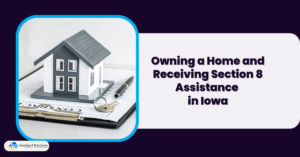To pass a Section 8 housing inspection in California, landlords should repair damages, ensure all appliances are working, and keep the property clean. Tenants should also report issues and maintain cleanliness. Regulations and expectations can vary by state, so it’s important to know California’s guidelines.
In this blog, we will provide tips for landlords and tenants to help them prepare for Section 8 housing inspections in California and increase their chances of passing the inspection.
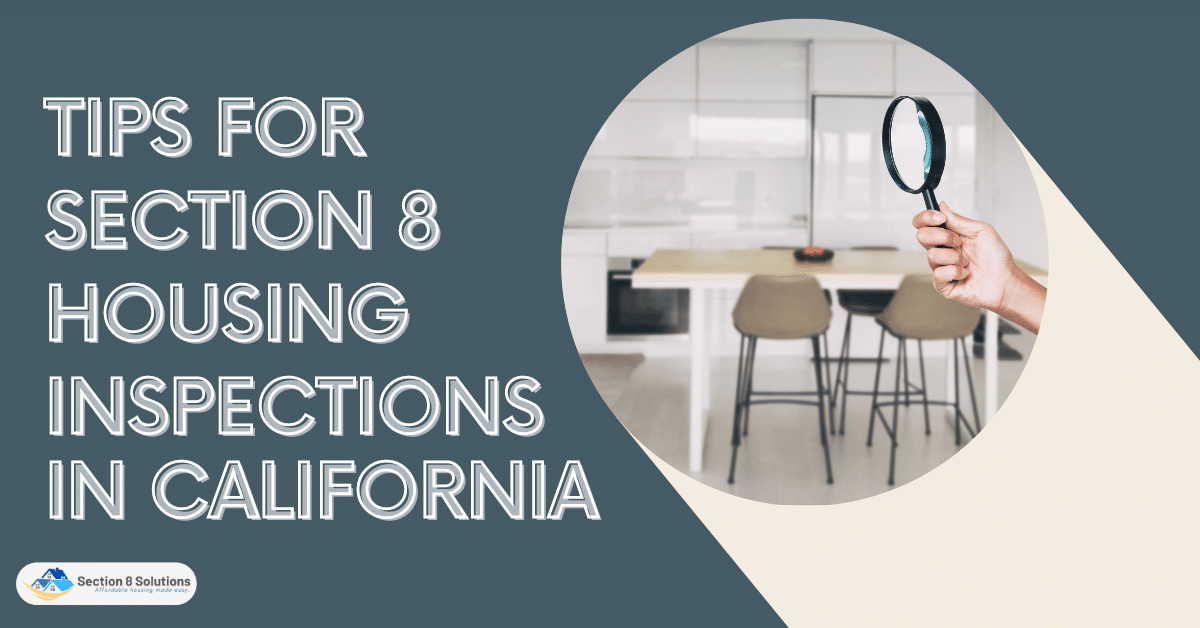
Tips for Landlords
Section 8 Housing inspections are an important part of the rental process for landlords in California. These inspections help ensure that the rental property meets certain health and safety standards and that the tenant’s housing needs are being met.
Here are some tips for landlords to prepare for Section 8 Housing inspections in California:
1. Review the Section 8 Housing Quality Standards (HQS)
The Section 8 Housing Quality Standards (HQS) are established by the U.S. Department of Housing and Urban Development (HUD) to ensure that rental units participating in the Section 8 program meet certain minimum health and safety standards. These standards cover a variety of areas, including sanitation, structural integrity, heating, ventilation, and electrical and plumbing systems.
As a landlord, it is important to review the HQS to ensure that your rental property meets these minimum standards. This can involve a thorough inspection of the property to identify any areas that may need attention before the official inspection. For example, landlords may need to repair or replace broken windows, doors, or locks, ensure that smoke detectors are in working order, and make sure that the property has adequate heating and ventilation systems.

2. Conduct a Pre-inspection
Conducting a pre-inspection of your rental property is an important step in preparing for the official Section 8 inspection. This can help you identify any potential issues that may need to be addressed before the official inspection, such as repairs or maintenance work that needs to be done.
During the pre-inspection, it is recommended to go through each room of the rental property to assess its condition and ensure that it meets the Section 8 Housing Quality Standards (HQS). This can include checking the walls and ceilings for any signs of damage or water leaks, ensuring that all electrical outlets and switches are working properly, and making sure that all appliances are in good working order. Landlords should also check for any pests or infestations and take steps to address them before the official inspection.
It is important to keep in mind that the official Section 8 inspection is comprehensive and covers a wide range of areas, including sanitation, structural integrity, heating, ventilation, and electrical and plumbing systems. Therefore, landlords should make sure that their rental properties are in good condition before the official inspection to avoid any potential issues.
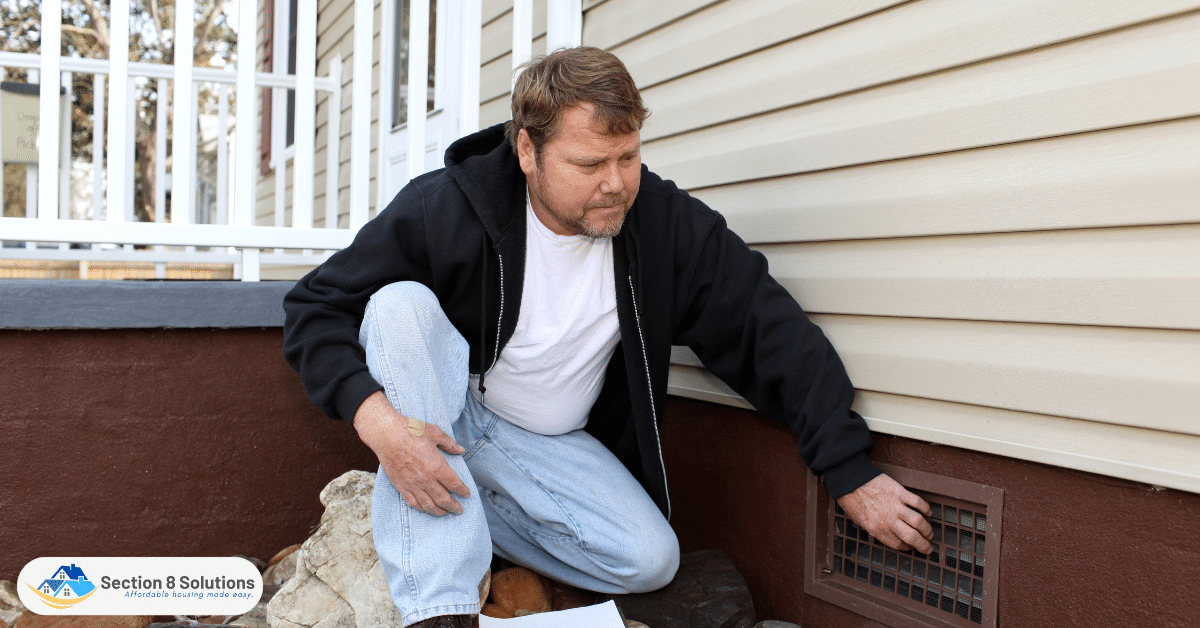
3. Communicate With Your Tenant
Communicating with your tenant is an important step in preparing for the Section 8 inspection. It is recommended to inform your tenant about the inspection process, what to expect, and how they can prepare their living space for inspection.
Landlords can provide their tenants with information on the Section 8 Housing Quality Standards (HQS) and the requirements that need to be met during the inspection. This can include providing a copy of the HQS and explaining what items will be inspected during the inspection process.
It is also important to coordinate with your tenant to schedule a time for the inspection. It is recommended to choose a time that is convenient for both the tenant and the inspector. Landlords can communicate with their tenants to determine their availability and schedule the inspection accordingly.

4. Provide Access to All Areas of the Property
Providing access to all areas of the property is a crucial step in preparing for the Section 8 inspection. The inspector will need to check all areas of the rental property to ensure that it meets the HQS requirements.
Landlords should ensure that all areas of the property, including the basement, attic, and any storage areas, are accessible for inspection. This may involve removing any clutter or obstacles that could prevent the inspector from accessing these areas. If any areas are locked, landlords should make sure to provide the inspector with keys or access codes to these areas.
In addition, landlords should make sure that all necessary utilities are turned on and in working order. This includes ensuring that electricity, gas, and water are turned on and functioning properly. If any utilities are not working, landlords should address the issue before the inspection to avoid any delays or issues during the inspection.
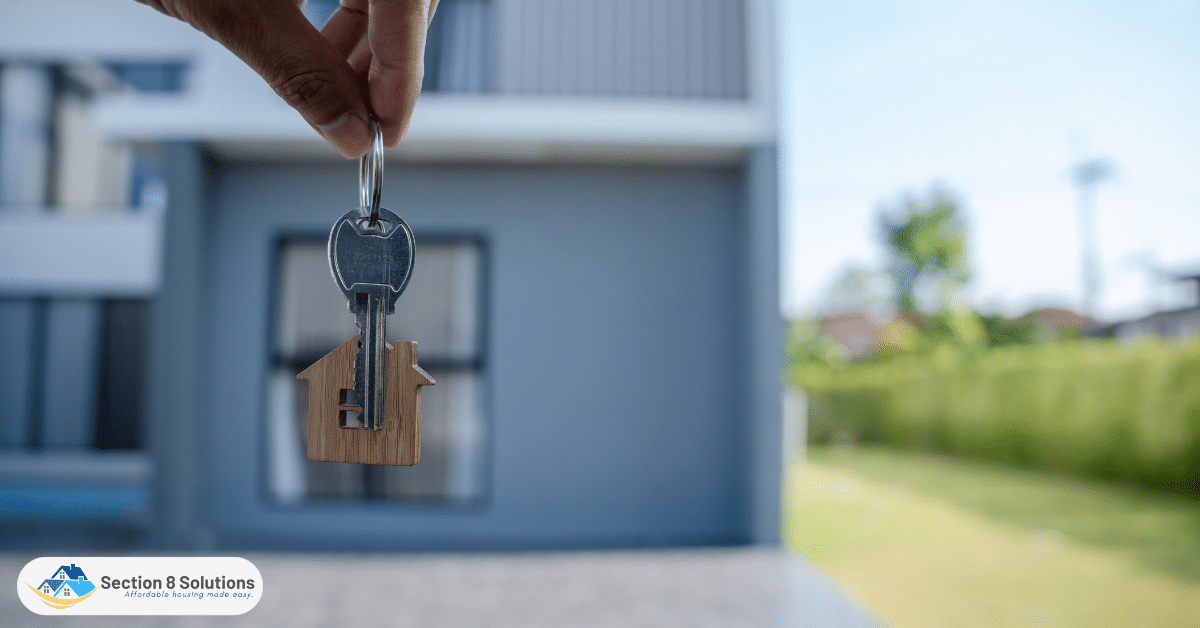
5. Address Any Issues Identified During the Inspection
Addressing any issues identified during the inspection is a critical step in ensuring that your rental property remains in compliance with the Section 8 program requirements. If the inspector identifies any issues during the inspection, it is important to take immediate action to address these issues to avoid the termination of the Section 8 contract.
Depending on the severity of the issues identified, landlords may need to make repairs or improvements to the property to bring it into compliance with the HQS. In some cases, landlords may need to hire a contractor or professional to address the issues.
It is important to communicate with the inspector and the tenant to ensure that everyone is aware of the steps being taken to address the issues. Landlords should also keep records of any repairs or improvements made to the property to provide proof of compliance in the future.

Tips for Tenants
The Section 8 program provides affordable housing assistance to low-income families and individuals in California. As a tenant in the Section 8 program, there are several things you can do to ensure that your rental unit meets the program’s requirements and remains in compliance. Here are some tips for tenants to help them maintain their Section 8 eligibility and ensure their rental unit meets the necessary health and safety standards.
1. Clean the Property
Keeping the rental unit clean is an essential part of maintaining eligibility in the Section 8 program. It is the tenant’s responsibility to keep the unit clean and free of clutter to ensure that it meets the necessary health and safety standards. This means regularly cleaning floors, walls, and surfaces, as well as ensuring that the unit is free of any trash or debris.
Tenants should also properly dispose of any hazardous materials or chemicals, as these can pose a safety risk to themselves and others. A clean rental unit can also help prevent pest infestations, which can be a serious problem for tenants and landlords alike. Pests like cockroaches, mice, and bedbugs can quickly take over a rental unit if it is not kept clean and well-maintained.
By regularly cleaning the unit and reporting any signs of pests to the landlord, tenants can help prevent infestations and ensure that the unit remains in compliance with the HQS.
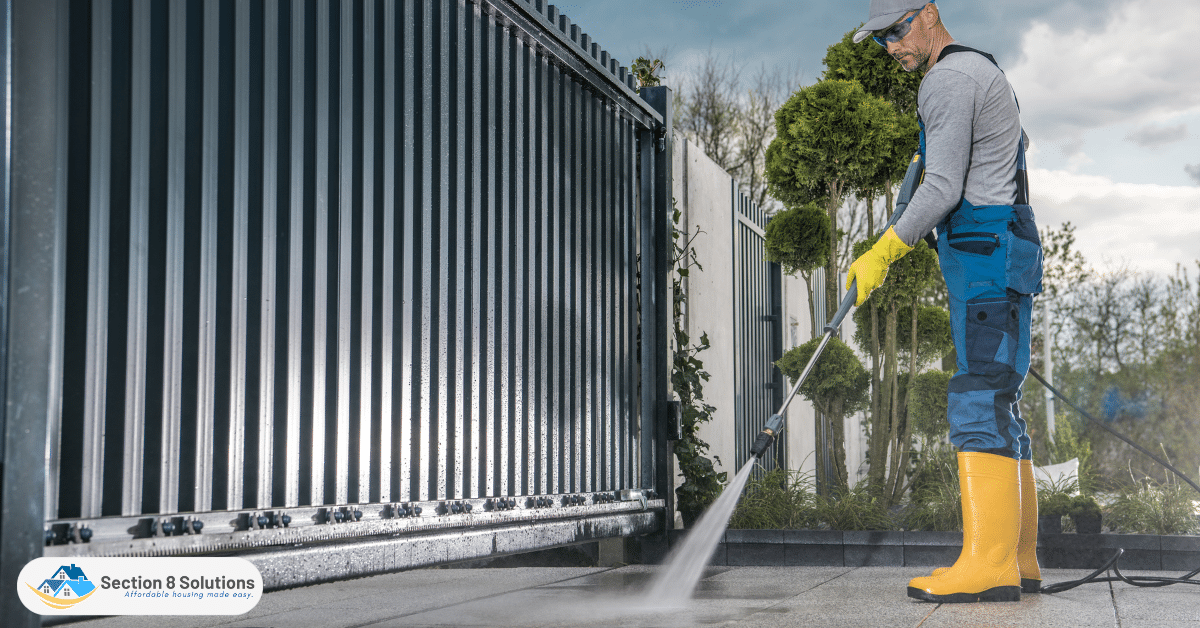
2. Report Damages and Complaints to the Landlord Immediately
When reporting damages or complaints to your landlord, it is important to do so in writing, either through email or a written letter, and keep a copy of the communication for your records. This can help to ensure that there is a clear record of the issue and any action taken by the landlord.
In some cases, the landlord may be required to make certain repairs or improvements to the rental unit in order to meet the HQS requirements for the Section 8 program. If your landlord fails to address the issues or make necessary repairs, you may be able to file a complaint with your local PHA or HUD.
By reporting damages and complaints promptly, you can help to ensure that the rental unit remains in compliance with the HQS and that you have a safe and comfortable living environment.

3. Attend the Inspection to Answer Questions
Attending the inspection can also provide you with an opportunity to ask any questions you may have about the Section 8 program or the inspection process. This can help you better understand your rights and responsibilities as a tenant and ensure that you are complying with all necessary regulations. It is important, to be honest, and transparent during the inspection, as any attempts to conceal issues or misrepresent the property can lead to the termination of the Section 8 contract.
By attending the inspection and actively participating in the process, you can help ensure that your rental unit remains in compliance with the HQS and other program requirements. This can help protect your health and safety, as well as the health and safety of any family members or guests who may visit the property. Additionally, it can help you maintain eligibility for the Section 8 program, which can provide ongoing support with housing costs and potentially lead to greater financial stability in the long term.
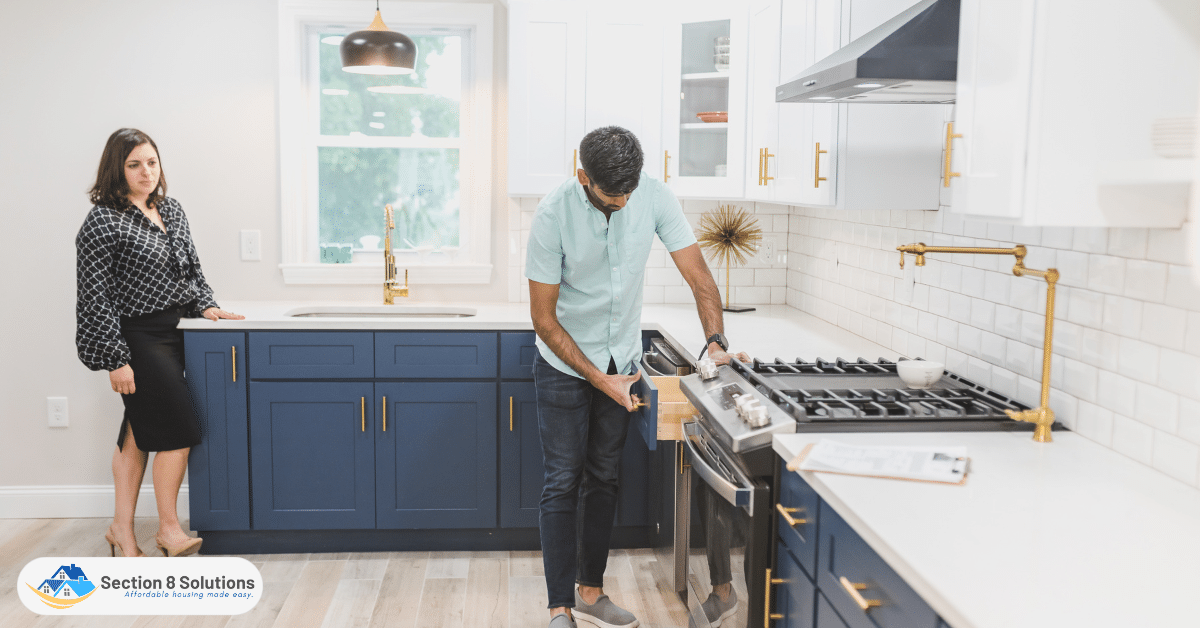
4. During the Inspection, Secure Pets
Pets can distract inspectors during inspections. Hence, preventive measures are necessary. During the examination, remove pets if possible. You can also secure your pets in a room or outdoor location the inspector cannot access.
If your pet is particularly anxious or aggressive, it may be necessary to have them temporarily relocated during the inspection to ensure the safety of everyone involved. Additionally, make sure to inform the inspector if you have any pets in the rental unit and provide them with any necessary information about the pets’ behavior or needs.
Remember, as a tenant, it is your responsibility to ensure that your pets do not pose a risk or cause any damage to the rental unit. By taking steps to secure your pets during the inspection, you can help ensure that the process goes smoothly and that your Section 8 Housing assistance remains intact.

Conclusion
Inspections of Section 8 housing are important to make sure that low-income families have safe and decent places to live. Whether you are a landlord or a tenant, knowing how an inspection works and getting ready for one can help you pass the inspection. By using the tips in this blog and not making common mistakes, landlords and renters can make sure that their property meets health and safety standards. In the end, getting ready for a Section 8 inspection will help make sure that all tenants have a safe and comfortable place to live.
This blog helps landlords and tenants pass California Section 8 housing inspections. To ensure tenants’ safety and comfort, the property must be cleaned, repaired, and addressed swiftly. Landlords and tenants can pass Section 8 inspections with proper planning.



